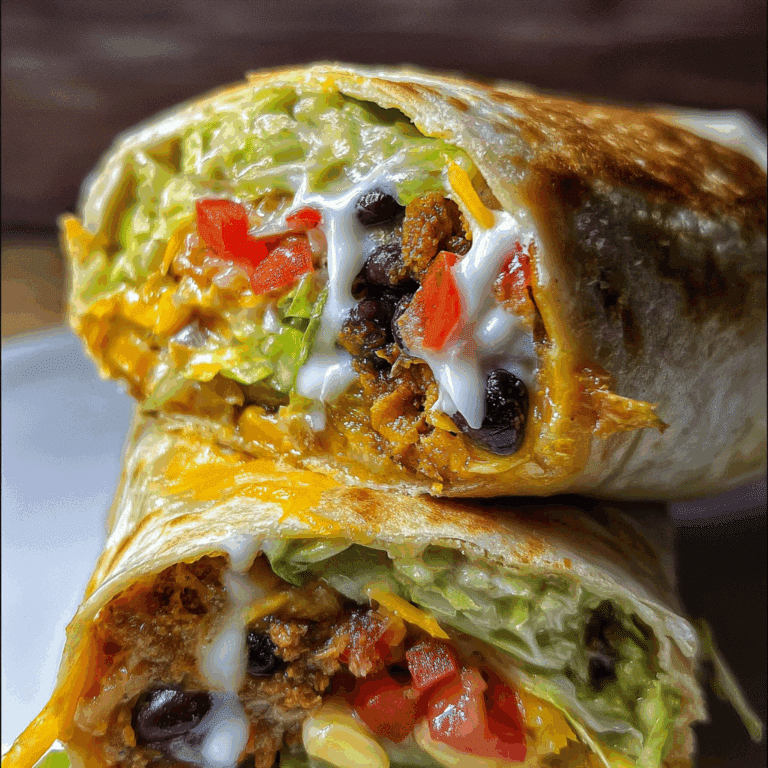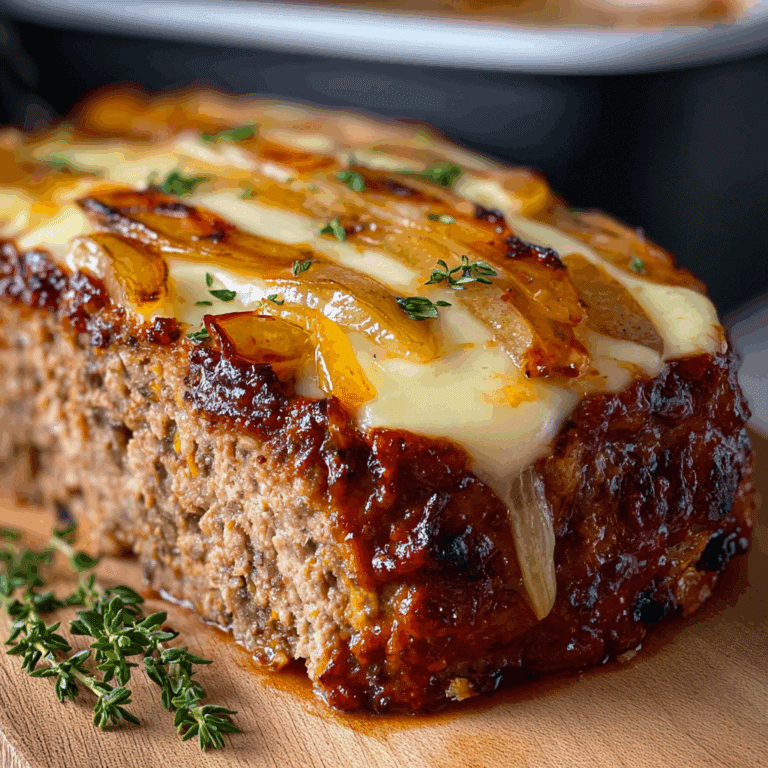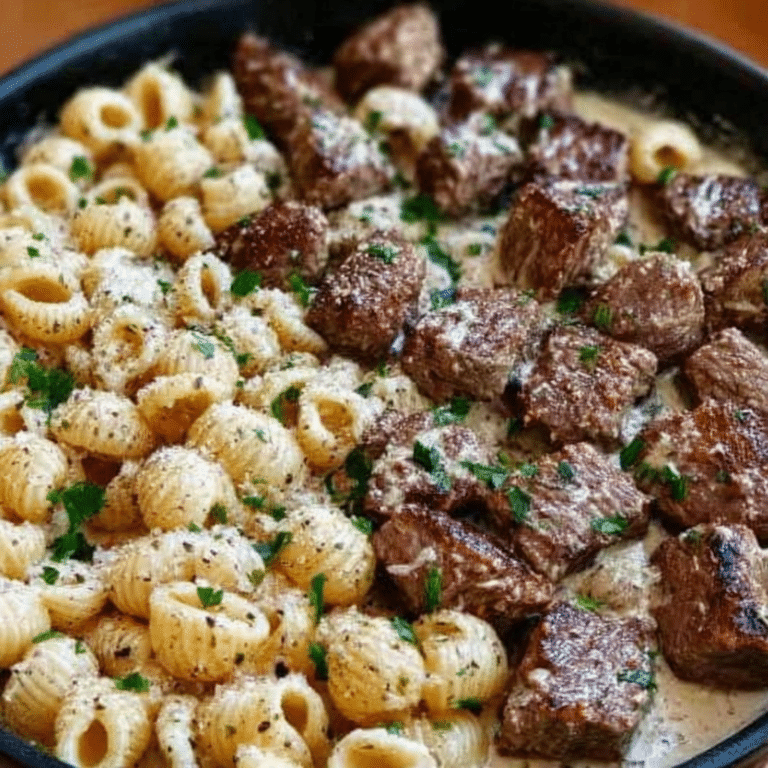How to Make Perfect Homemade Pizza Dough

If you’ve ever dreamed of crafting bakery-quality pizza right in your own kitchen, mastering the art of Homemade Pizza Dough is your first and most important step. Learn the secrets to creating soft, chewy homemade pizza dough from scratch with this easy, step-by-step recipe perfect for pizza lovers who crave that perfect crust every time. Whether you’re a beginner or a seasoned cook, this guide will help you turn simple ingredients into a delicious foundation for all your favorite toppings.
Why You’ll Love This Recipe
- Ultimate Freshness: Homemade pizza dough means no preservatives or additives, ensuring full control over freshness and flavor.
- Customizable Texture: You can tweak this dough to be softer or chewier depending on your preference, perfect for all types of pizzas.
- Simple Ingredients: Made from pantry staples, this dough is easy to prepare and incredibly rewarding.
- Cost-Effective: Save money by avoiding store-bought dough without sacrificing taste or quality.
- Fun and Engaging: Making dough from scratch is a tactile, satisfying process that connects you to the art of cooking.
Ingredients You’ll Need
This recipe relies on a handful of simple but powerful ingredients, each playing a vital role in creating the perfect balance of flavor, chewiness, and golden crust.
- All-Purpose Flour: The base of your dough providing structure and body, feel free to experiment with bread flour for extra chew.
- Active Dry Yeast: Responsible for fermentation, it helps the dough rise and develop its characteristic airy texture.
- Warm Water: Activates the yeast and hydrates the flour for a smooth dough consistency.
- Olive Oil: Adds richness and a tender crumb while enhancing the dough’s extensibility.
- Salt: Balances the flavors and strengthens the gluten network, essential for dough elasticity.
- Sugar: Feeds the yeast for a lively rise and a subtle hint of sweetness.
Variations for Homemade Pizza Dough
Feel free to get creative and adjust this homemade pizza dough recipe to your tastes or dietary requirements—it’s easy to customize without losing the classic texture or flavor you love.
- Whole Wheat Dough: Substitute half or all of the flour with whole wheat for a nuttier flavor and added fiber.
- Gluten-Free Alternative: Use a gluten-free flour blend and xanthan gum for those with gluten sensitivities.
- Herbed Dough: Mix in dried oregano, basil, or garlic powder for an aromatic twist.
- Thin Crust Version: Roll the dough thinner and bake at higher temperature for a crispier bite.
- Stuffed Crust Dough: Incorporate cheese sticks into the edges of your rolled dough for a cheesy surprise.

How to Make Homemade Pizza Dough
Step 1: Activate the Yeast
Start by dissolving the active dry yeast and a pinch of sugar into warm water, around 105°F to 110°F. Let it sit for about 5 to 10 minutes until it bubbles and foams, signaling the yeast is alive and ready to work its magic.
Step 2: Combine Dry Ingredients
While the yeast activates, mix the flour and salt in a large bowl. This ensures the salt is evenly distributed which strengthens the dough’s gluten structure but won’t kill the yeast during mixing.
Step 3: Mix the Dough
Pour the yeast mixture and olive oil into the bowl with flour and salt. Stir with a wooden spoon or your hands until a shaggy dough forms. This is the start of your homemade pizza dough coming together.
Step 4: Knead the Dough
Turn the dough onto a lightly floured surface and knead for 8 to 10 minutes. This builds gluten, making the dough elastic and smooth—ideal for that perfect pizza crust. If the dough feels sticky, sprinkle a little flour sparingly to prevent dryness.
Step 5: Let the Dough Rise
Place the dough in a lightly oiled bowl, cover with a damp cloth or plastic wrap, and leave it in a warm spot for 1 to 2 hours. It should double in size, becoming airy and soft, ready for shaping and topping.
Step 6: Shape to Your Preference
After the rise, punch down the dough gently and divide it if you’re making multiple pizzas. Roll or stretch it to your desired crust thickness and size—now it’s time to unleash your favorite toppings.
Pro Tips for Making Homemade Pizza Dough
- Use Room Temperature Ingredients: Ensure all ingredients are at room temperature for even yeast activation.
- Don’t Over-Flour: Add flour gradually while kneading to keep the dough moist and tender.
- Watch the Water Temperature: Water that’s too hot can kill yeast, too cold slows rising.
- Patience Is Key: Allowing adequate rise time develops flavor and a perfect chewy texture.
- Use a Pizza Stone: Baking on a preheated stone can create a crispy, evenly cooked crust.
How to Serve Homemade Pizza Dough
Garnishes
Once your dough is topped and baked, consider finishing off with fresh basil leaves, a drizzle of high-quality olive oil, or a sprinkle of grated Parmesan for added flavor and visual appeal.
Side Dishes
Pair your fresh homemade pizza with a crisp green salad, garlic knots, or a bowl of roasted vegetables to complete a balanced, satisfying meal.
Creative Ways to Present
Slice your pizza into traditional wedges, or for a playful twist, cut into bite-size squares or serve as pizza rolls by rolling sliced dough filled with cheese and toppings before baking.
Make Ahead and Storage
Storing Leftovers
Store any leftover homemade pizza dough tightly wrapped in plastic wrap in the refrigerator for up to 3 days to preserve freshness and prevent drying out.
Freezing
For longer storage, freeze the dough dough ball wrapped well in plastic and foil for up to 2 months. Thaw overnight in the fridge before use.
Reheating
Reheat leftover pizza slices in a skillet over medium heat to keep the crust crisp or warm in an oven at 375°F for 5 to 10 minutes.
FAQs
Can I use instant yeast instead of active dry yeast?
Yes, instant yeast can be used and it activates faster; just mix it directly with your dry ingredients and reduce rising time slightly.
What if my dough feels too sticky to handle?
Add small amounts of flour while kneading until the dough is manageable but still soft and elastic without being dry.
How long can I let the dough rise?
Typically, 1 to 2 hours is ideal, but you can refrigerate for a slow rise up to 24 hours to develop deeper flavor.
Can I make the dough without kneading?
Yes, a no-knead dough method exists but requires longer fermenting time; this recipe focuses on traditional kneading for texture.
What’s the best flour for pizza dough?
All-purpose flour works well, but bread flour gives a chewier texture due to its higher protein content, great for traditional-style pizza.
Final Thoughts
Making your own Homemade Pizza Dough is like opening a door to endless pizza possibilities, all bursting with freshness and flavor that store-bought dough just can’t match. Give this recipe a try, and you’ll soon find yourself looking forward to pizza night every week with enthusiasm and pride!






